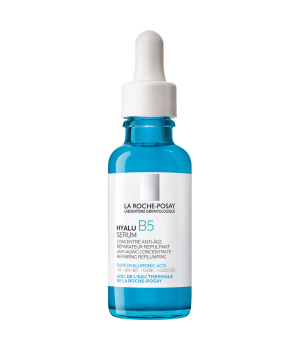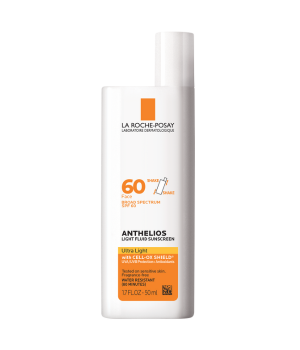Phenoxyethanol
TYPE OF INGREDIENT
Preservative and stabilizer
COMMONLY FOUND IN
Cosmetic products, soaps, perfumes, hand sanitizers and ultrasound gel
WHAT ARE THE BENEFITS OF PHENOXYETHANOL?
Phenoxyethanol helps to prevent fungi, bacteria and yeast from growing in products, which gives them a longer shelf life and ensures safety. It also works as a solvent and an antiseptic. One small study suggested that phenoxyethanol combined with octenidine dihydrochloride may reduce acne, however the study was limited by a small sample size and the effect is unclear for larger groups of patients.
WHAT IS PHENOXYETHANOL?
Phenoxyethanol is an oily, slightly sticky liquid with a faint rose-like scent. It is a glycol ether, which means it is a solvent that can dissolve other substances. It is one of the best-tolerated preservatives and is often used as a substitute for parabens
IS PHENOXYETHANOL SAFE FOR ALL SKIN TYPES AND TONES?
Phenoxyethanol is generally considered safe for use in a concentration of less than 1%. The concentration of phenoxyethanol in most products is too small to cause any noticeable effect on the skin. Although adverse systemic effects have been observed in toxicological studies on animals, this generally occurs only when exposure concentration is many magnitudes higher (around 200-fold higher) than those to which consumers are exposed when using phenoxyethanol-containing cosmetic products. In the rare cases where allergy occurs, patients may experience contact dermatitis or urticaria on areas of application.
CONTRAINDICATIONS
Phenoxyethanol should be avoided by pregnant or breastfeeding women, infants and children. In 2008, the U.S. FDA and its counterparts in other countries warned consumers not to purchase Mommy’s Bliss Nipple Cream as it was found that phenoxyethanol in this product may have caused vomiting and central nervous system depression among breastfeeding infants. Although it is unclear how much phenoxyethanol is absorbed through the skin when not ingested orally, out of precaution, it is not recommended for use in products that are intended for breastfeeding mothers or babies.
Sources:
- Mayr-Kanhäuser S, Kränke B, Aberer W. Efficacy of octenidine dihydrochloride and 2-phenoxyethanol in the topical treatment of inflammatory acne. Acta Dermatovenerol Alp Pannonica Adriat. 2008 Sep;17(3):139-43.
- Mayr-Kanhäuser S, Kränke B, Aberer W. Efficacy of octenidine dihydrochloride and 2-phenoxyethanol in the topical treatment of inflammatory acne. Acta Dermatovenerol Alp Pannonica Adriat. 2008 Sep;17(3):139-43.
- Campaign for Safe Cosmetics. “Phenoxyethanol.” Safe Cosmetics, https://www.safecosmetics.org/chemicals/phenoxyethanol/. Accessed 13 Sep. 2023.
- Saudi Food and Drug Authority. “SFDA Warns Against Mommy’s Bliss Nipple Cream.” SFDA, 2022-03-01, https://www.sfda.gov.sa/en/warnings/1156#:~:text=Potentially%20harmful%20ingredients%20in%20Mommy%27s%20Bliss%20Nipple%20Cream,that%20is%20primarily%20used%20in%20cosmetics%20and%20medications. Accessed 13 Sep. 2023.
- Phenoxyethanol: What You Need to Know.” Healthline, 2019-08-07, https://www.healthline.com/health/phenoxyethanol. Accessed 13 Sep. 2023.
- Dréno B, Zuberbier T, Gelmetti C, Gontijo G, Marinovich M. Safety review of phenoxyethanol when used as a preservative in cosmetics. J Eur Acad Dermatol Venereol. 2019 Nov;33 Suppl 7:15-24.







